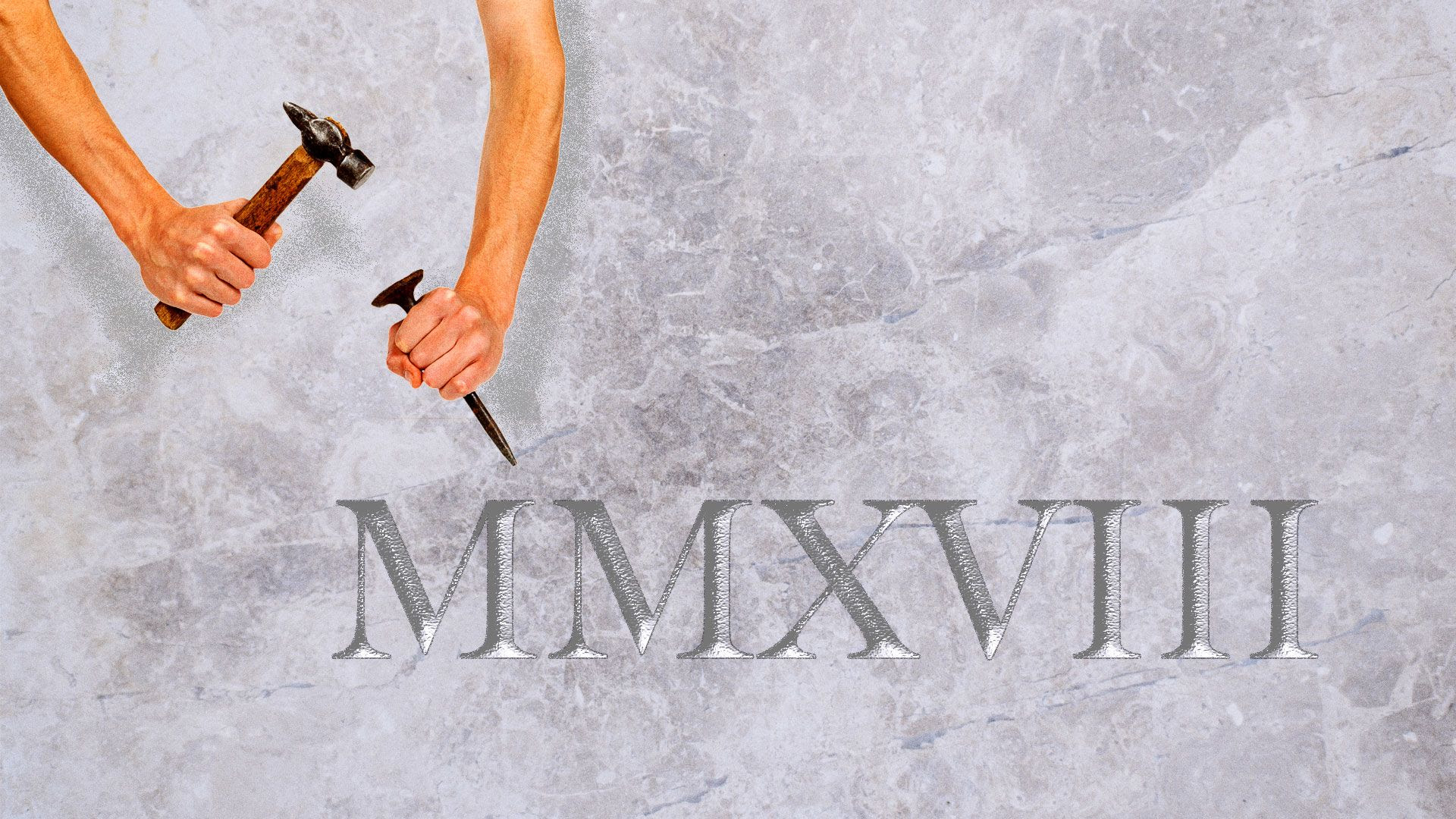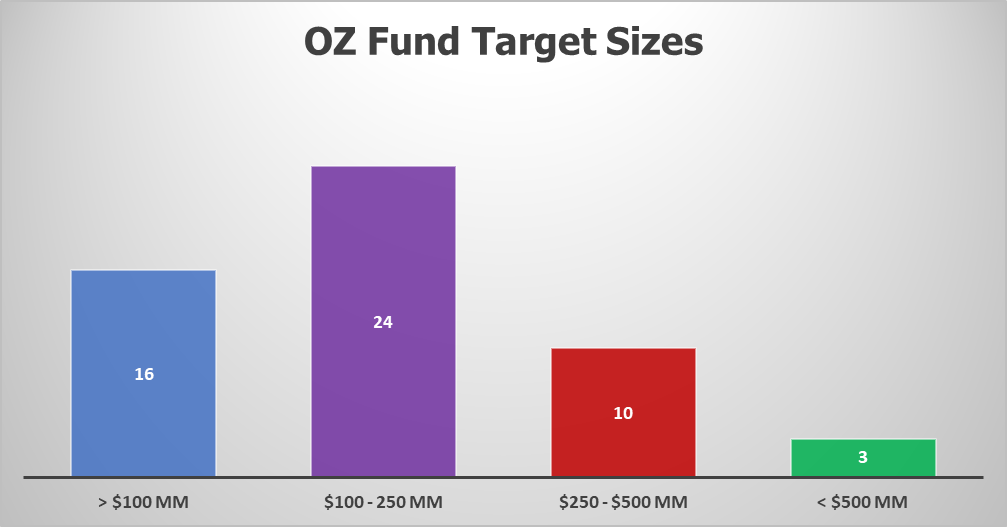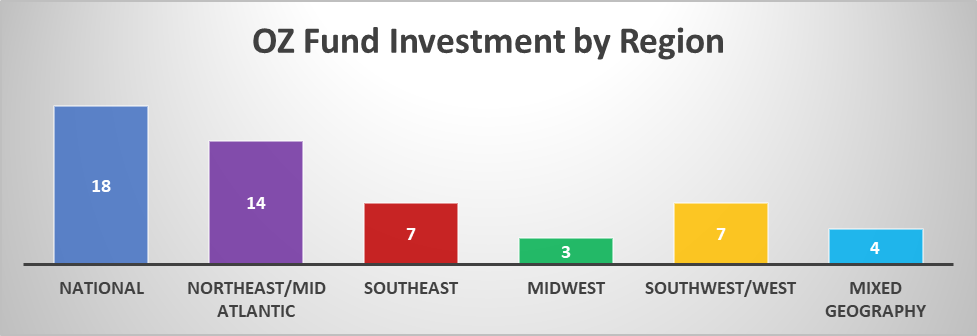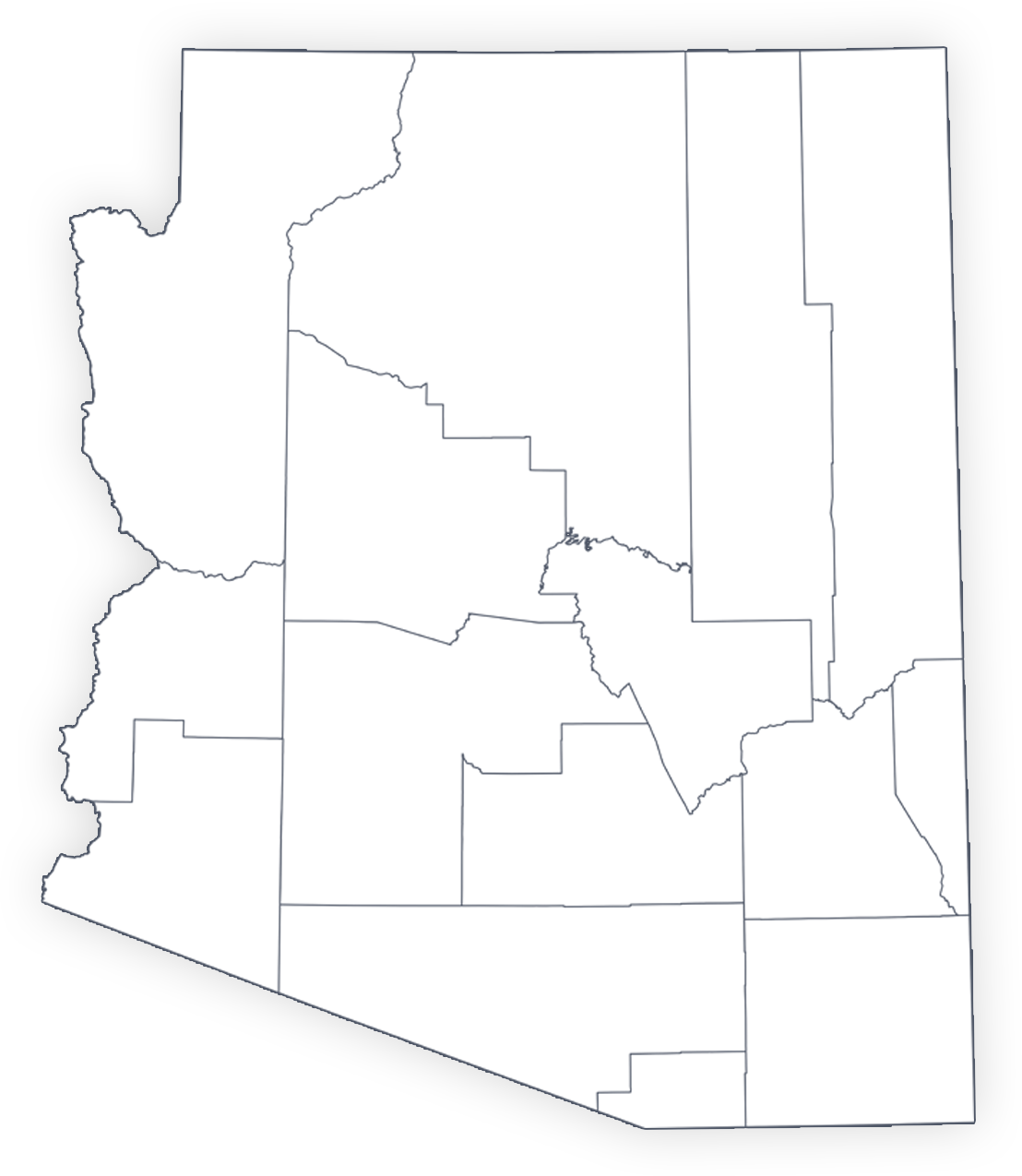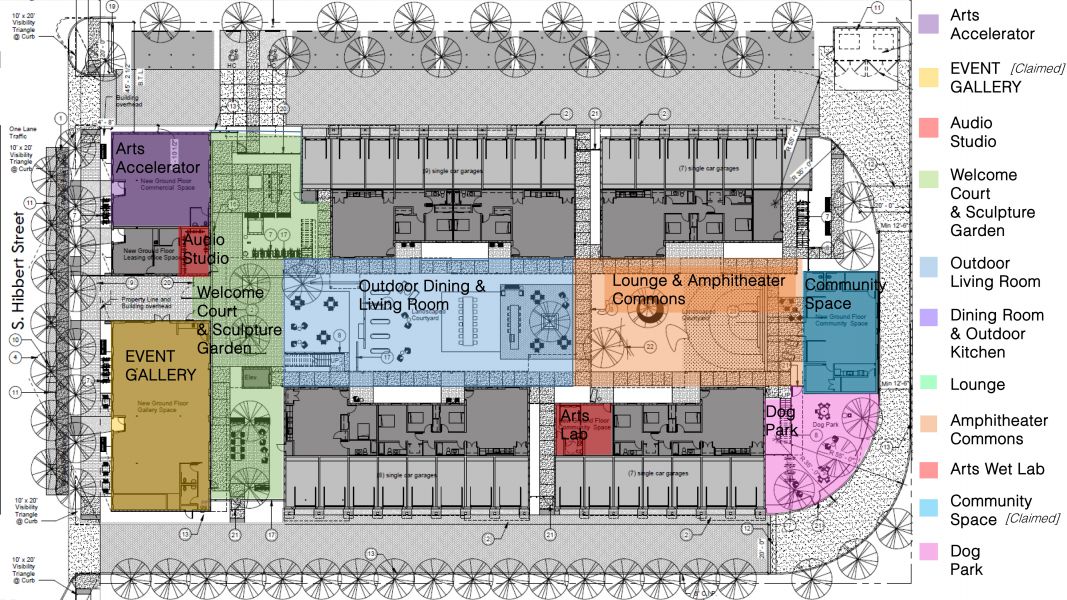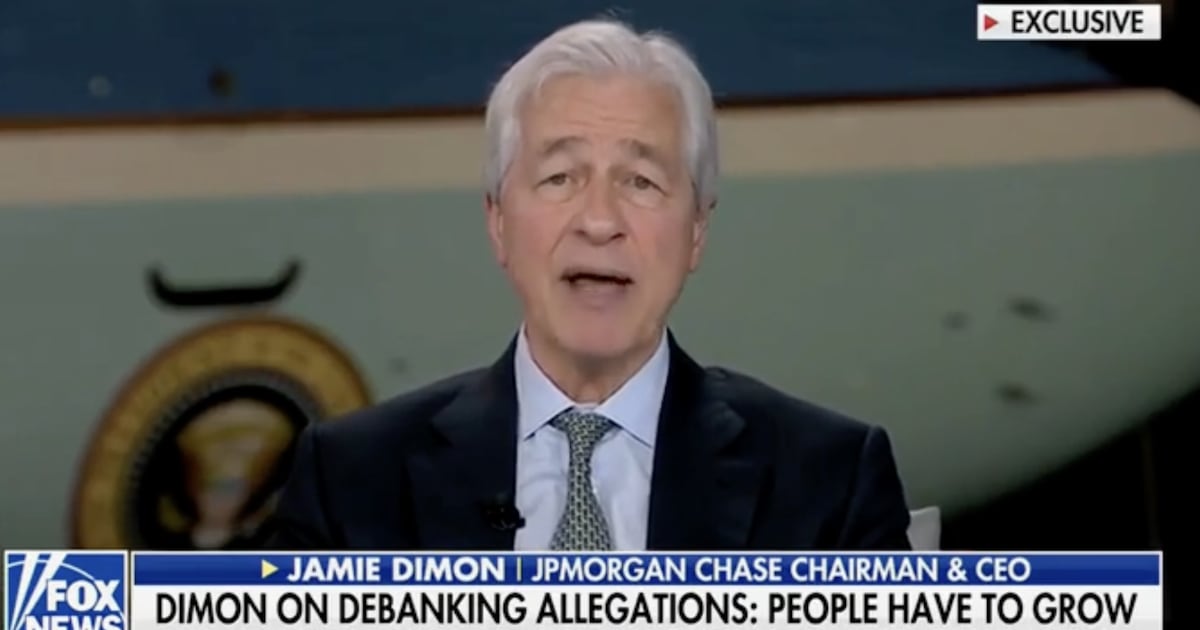After living on the transportation-smart East Coast for at least four decades, your MesaZona blogger just can't get over-excited or over-thrilled about light rail . . . there are just too many gaps, gaffs and goofs in the system. Here's Jon Talton's take and his coverage on the topic for your interest. Who asked for this?

It's the tenth anniversary of the completion of metro Phoenix light rail (WBIYB). I'll have a history of the project in a special insert of the Arizona Capitol Times. In the meantime, some common questions and answers.
1. What decided the route of the starter line? It was a combination of demand, available right-of-way, and cost. The line follows the route of the old Red Line bus, which was at 125 percent of capacity by 2000. This ensured ridership and a favorable outcome in federal funding (with an invaluable assist from the late Rep. Ed Pastor).
2. Why was it build at grade rather than as a subway or monorail? Cost. While both those modes — especially a subway — would have been preferable to street running, the funding was not available. The federal government once spent heavily for such subways as the D.C. Metro and Atlanta's MARTA (originally meant for Seattle), but that aid largely ended by the 1980s. Monorails also have the problem of controversy about being unsightly to some, although the Skytrain in Vancouver, B.C., part overhead and part subway, is highly successful.
3. Did Mesa almost miss out on light rail? Yes. The most conservative big city in America was especially wary of the project, and the starter line might have ended at McClintock Drive in Tempe. If so, it would have been very expensive to eventually build into Mesa. Mayor Keno Hawker played a leading role in securing city council approval of the line to Sycamore. This set the table for extending light rail deep into downtown Mesa under Mayor Scott Smith (now Valley Metro CEO). With Phoenix, Tempe, and Mesa on board, this helped the metro area rise in the competition for federal assistance.
4. How much opposition did the light-rail plan encounter? A huge amount. Phoenicians don't get out much, so they weren't aware of thriving modern systems in Denver, Dallas, San Diego, much less Melbourne. Conservative politicians, including in the Legislature, fought it and tried sabotage. They wanted all transportation money for roads and freeways and more sprawl. Opponents also included suburban developers, such powerful behind-the-scenes players as the Arizona Rock Products Association, the "Goldwater" Institute. Then there were the thugs who spread lies about the "trolley" being so slow one could walk faster than light rail, or that the catenary would be a huge eyesore, bullied supporters. Scottsdale wanted to preserve its exclusivity, so vehemently opposed the system. Some of these, who argued in bad faith, are the "bastards" in "We Built It, You Bastards" (WBIYB). They were among those who pressured the Republic to show me the door because of my support for LRT. The fight was worth it.
5. Who supported light rail? Political leaders such as Tempe Mayor Neil Giuliano, Phoenix Mayor Skip Rimsza, Hawker, majorities on the city councils (including Phil Gordon and Peggy Bilsten), and Pastor led the way. Behind the scenes were the city officials, such as now City Manager but then Transit Director Ed Zuercher, who attended to the scores of details to make the most complex engineering project since the CAP a reality. Majorities of voters in Tempe and Phoenix backed light rail. So did the Greater Phoenix Chamber. Finally, Michael Crow saw light rail's potential in linking the ASU Tempe campus with the new campus in downtown Phoenix. These were true visionaries, willing to stake political capital.
6. Why didn't the starter line go through Sky Harbor? In theory, this might have provided a sweet spot for passengers to and from downtown. But when the line was being planned, downtown was not what it's become, with more hotels, a new convention center, etc. Also, it would have required a costly and complex detour to thread the terminals. The PHX Sky Train, connecting with light rail at 44th Street, provides a much more elegant solution.
7. Did the starter line fulfill its ambitions to spur transit-oriented development? Yes, although the process has been much slower than in, say, Seattle, which opened its first line soon after Phoenix. Apartments are sprouting along the line that otherwise never would have been built. Density is increasing. The redevelopment of Park Central was keyed to light rail. So is the greater development in and around Roosevelt Row. And ASU's second-largest campus, downtown, was made possible by convenient train service. More needs to be done. Phoenix lacks the urban developers found in cities such as Denver. But more are coming. The new breed realizes that transit-oriented development can pay big dividends.
8. Is light rail safe? Yes. When the project was beginning, former Mayor Terry Goddard told me that poor people ride transit in Phoenix — the question is whether more than the poor would ride LRT? That's happened, especially during peak commutes, sports events, and with students going to and from ASU campuses in Phoenix and Tempe. Poor people still ride the trains, especially during summer. Those who are unaccustomed to transit can be uncomfortable. But crime and problems are rare (although some tell me the situation is more dodgy on 19th Avenue). Valley Metro needs more of a police presence on trains (Seattle has a transit police). But the train is my primary mode of getting around and I always feel safe. That said, the commons always are at risk, and keeping them clean and safe is everyone's duty.
9. Does light-rail expansion have a future in Phoenix? The metropolitan area is mostly car-dependent and destinations are highly (and inefficiently) decentralized. The Real Estate Industrial Complex keeps pumping our sprawl. And the original opponents helped by the Koch brothers are hoping to kill further LRT lines. This would be a historic mistake, especially for the south Phoenix and west lines. You can't fix stupid (car-dependent sprawl). But light rail has performed much better than expected. Phoenix desperately needs this transportation alternative and the infill it will bring, especially with climate change. A new chapter of political battles is opening. I hope the Phoenix City Council has the kind of visionaries it was blessed with in the early 2000s.
10. What would I like for light rail? I want a pony — LRT to 24th Street and Camelback and on to Scottsdale. Commuter rail to the farther suburbs (Seattle has the Sounder trains) with Union Station as the hub. I'd like to see the south line jog over to Third Avenue next to Union Station. I want more infill. We need more shade trees — many more shade trees — planted downtown and near stations. Greater frequency of trains. On a simpler note, the announcement for McDowell and Central should say, "Phoenix Art Museum, Burton Barr Central Library" rather than the amorphous "cultural district." Similarly, Roosevelt should be "Roosevelt Row arts district" rather than "arts district."
Ten years of success. Phoenix beat the odds and ferocious opposition and ignorance to create a civic good for generations to come. We built it.
Rogue Columnist - Ten questions about light rail, answered

It's the tenth anniversary of the completion of metro Phoenix light rail (WBIYB). I'll have a history of the project in a special insert of the Arizona Capitol Times. In the meantime, some common questions and answers.
1. What decided the route of the starter line? It was a combination of demand, available right-of-way, and cost. The line follows the route of the old Red Line bus, which was at 125 percent of capacity by 2000. This ensured ridership and a favorable outcome in federal funding (with an invaluable assist from the late Rep. Ed Pastor).
2. Why was it build at grade rather than as a subway or monorail? Cost. While both those modes — especially a subway — would have been preferable to street running, the funding was not available. The federal government once spent heavily for such subways as the D.C. Metro and Atlanta's MARTA (originally meant for Seattle), but that aid largely ended by the 1980s. Monorails also have the problem of controversy about being unsightly to some, although the Skytrain in Vancouver, B.C., part overhead and part subway, is highly successful.
3. Did Mesa almost miss out on light rail? Yes. The most conservative big city in America was especially wary of the project, and the starter line might have ended at McClintock Drive in Tempe. If so, it would have been very expensive to eventually build into Mesa. Mayor Keno Hawker played a leading role in securing city council approval of the line to Sycamore. This set the table for extending light rail deep into downtown Mesa under Mayor Scott Smith (now Valley Metro CEO). With Phoenix, Tempe, and Mesa on board, this helped the metro area rise in the competition for federal assistance.
4. How much opposition did the light-rail plan encounter? A huge amount. Phoenicians don't get out much, so they weren't aware of thriving modern systems in Denver, Dallas, San Diego, much less Melbourne. Conservative politicians, including in the Legislature, fought it and tried sabotage. They wanted all transportation money for roads and freeways and more sprawl. Opponents also included suburban developers, such powerful behind-the-scenes players as the Arizona Rock Products Association, the "Goldwater" Institute. Then there were the thugs who spread lies about the "trolley" being so slow one could walk faster than light rail, or that the catenary would be a huge eyesore, bullied supporters. Scottsdale wanted to preserve its exclusivity, so vehemently opposed the system. Some of these, who argued in bad faith, are the "bastards" in "We Built It, You Bastards" (WBIYB). They were among those who pressured the Republic to show me the door because of my support for LRT. The fight was worth it.
5. Who supported light rail? Political leaders such as Tempe Mayor Neil Giuliano, Phoenix Mayor Skip Rimsza, Hawker, majorities on the city councils (including Phil Gordon and Peggy Bilsten), and Pastor led the way. Behind the scenes were the city officials, such as now City Manager but then Transit Director Ed Zuercher, who attended to the scores of details to make the most complex engineering project since the CAP a reality. Majorities of voters in Tempe and Phoenix backed light rail. So did the Greater Phoenix Chamber. Finally, Michael Crow saw light rail's potential in linking the ASU Tempe campus with the new campus in downtown Phoenix. These were true visionaries, willing to stake political capital.
6. Why didn't the starter line go through Sky Harbor? In theory, this might have provided a sweet spot for passengers to and from downtown. But when the line was being planned, downtown was not what it's become, with more hotels, a new convention center, etc. Also, it would have required a costly and complex detour to thread the terminals. The PHX Sky Train, connecting with light rail at 44th Street, provides a much more elegant solution.
7. Did the starter line fulfill its ambitions to spur transit-oriented development? Yes, although the process has been much slower than in, say, Seattle, which opened its first line soon after Phoenix. Apartments are sprouting along the line that otherwise never would have been built. Density is increasing. The redevelopment of Park Central was keyed to light rail. So is the greater development in and around Roosevelt Row. And ASU's second-largest campus, downtown, was made possible by convenient train service. More needs to be done. Phoenix lacks the urban developers found in cities such as Denver. But more are coming. The new breed realizes that transit-oriented development can pay big dividends.
8. Is light rail safe? Yes. When the project was beginning, former Mayor Terry Goddard told me that poor people ride transit in Phoenix — the question is whether more than the poor would ride LRT? That's happened, especially during peak commutes, sports events, and with students going to and from ASU campuses in Phoenix and Tempe. Poor people still ride the trains, especially during summer. Those who are unaccustomed to transit can be uncomfortable. But crime and problems are rare (although some tell me the situation is more dodgy on 19th Avenue). Valley Metro needs more of a police presence on trains (Seattle has a transit police). But the train is my primary mode of getting around and I always feel safe. That said, the commons always are at risk, and keeping them clean and safe is everyone's duty.
9. Does light-rail expansion have a future in Phoenix? The metropolitan area is mostly car-dependent and destinations are highly (and inefficiently) decentralized. The Real Estate Industrial Complex keeps pumping our sprawl. And the original opponents helped by the Koch brothers are hoping to kill further LRT lines. This would be a historic mistake, especially for the south Phoenix and west lines. You can't fix stupid (car-dependent sprawl). But light rail has performed much better than expected. Phoenix desperately needs this transportation alternative and the infill it will bring, especially with climate change. A new chapter of political battles is opening. I hope the Phoenix City Council has the kind of visionaries it was blessed with in the early 2000s.
10. What would I like for light rail? I want a pony — LRT to 24th Street and Camelback and on to Scottsdale. Commuter rail to the farther suburbs (Seattle has the Sounder trains) with Union Station as the hub. I'd like to see the south line jog over to Third Avenue next to Union Station. I want more infill. We need more shade trees — many more shade trees — planted downtown and near stations. Greater frequency of trains. On a simpler note, the announcement for McDowell and Central should say, "Phoenix Art Museum, Burton Barr Central Library" rather than the amorphous "cultural district." Similarly, Roosevelt should be "Roosevelt Row arts district" rather than "arts district."
Ten years of success. Phoenix beat the odds and ferocious opposition and ignorance to create a civic good for generations to come. We built it.

